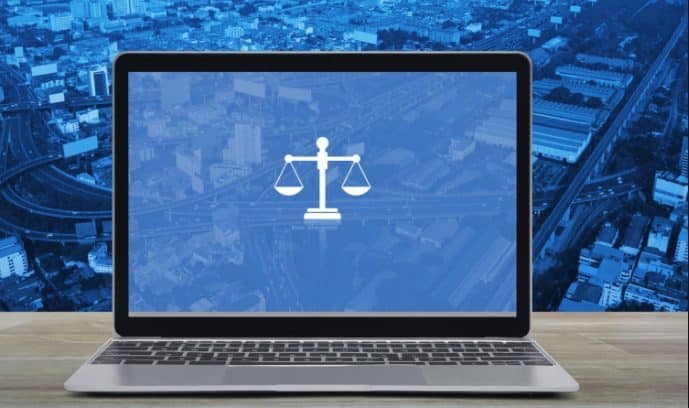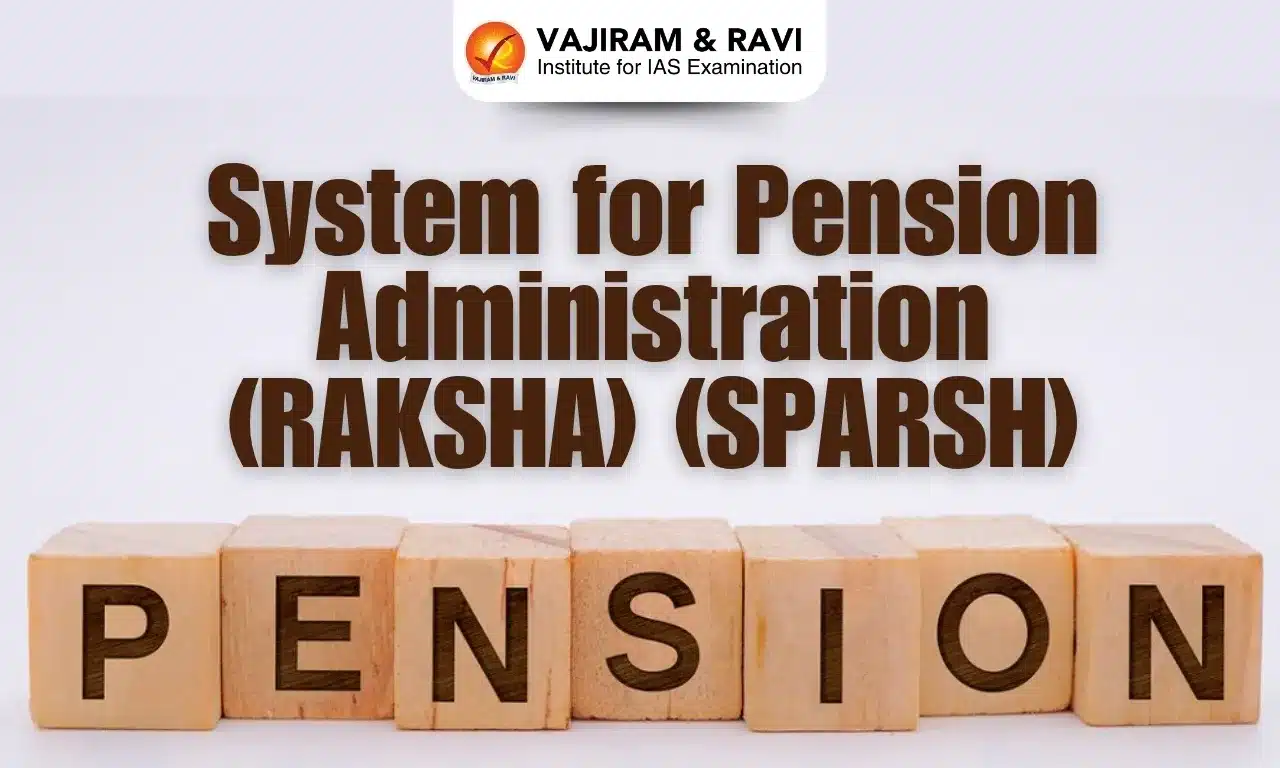About eCourts Project:
- The eCourts Project was conceptualized on the basis of the “National Policy and Action Plan for Implementation of Information and Communication Technology (ICT) in the Indian Judiciary – 2005” submitted by eCommittee, Supreme Court of India, with a vision to transform the Indian Judiciary by ICT enablement of Courts.
- Ecommittee is a body constituted by the Government of India in pursuance of a proposal received from Hon’ble the Chief Justice of India to constitute an eCommittee to assist him in formulating a National Policy on computerization of the Indian Judiciary and advise on technological communication and management-related changes.
- It is a Pan-India Project, monitored and funded by the Department of Justice, Ministry of Law and Justice, Government of India for the District Courts across the country.
- The Project envisages:
- To provide efficient and time-bound citizen-centric service delivery.
- To develop, install and implement decision support systems in courts.
- To automate the processes to provide transparency in accessibility of information.
- To enhance judicial productivity, to make the justice delivery system affordable, accessible, cost-effective, predictable, reliable and transparent.
- The Phase I of eCourts was concluded in 2015, in which 14,249 Court sites were computerised. Under Phase II, 18,735 District and Subordinate courts have been computerised so far.
Major Initiatives Launched under the Project:
- Case Information Software (CIS) based on customised Free and Open-Source Software (FOSS) has been developed.
- National Judicial Data Grid (NJDG) is a flagship project launched in 2015 for monitoring the pendency and disposal of cases in HCs and Subordinate Courts.
- Virtual Courts (as of July 2022, there are 20 Virtual Courts in 16 States/UTs) and using Video Conferencing.
- An eFiling system has been rolled out for the electronic filing of legal papers with advanced features like online submission of Vakalatnama, eSigning, online video recording of oath, etc.
- eSewa Kendras: To make justice delivery inclusive and to mitigate handicaps caused by digital divide, eSewa Kendras have been rolled out to provide e-filing services to lawyers and litigants.
- National Service and Tracking of Electronic Processes (NSTEP) has been developed for technology-enabled process serving and issuing of summons. It has currently been implemented in 28 HCs.
- Secure, Scalable & Sugamya Website as a Service (S3WAAS) Website: A new divyang- friendly website in 13 regional languages to enable them to access the information using assistive technologies.
- IEC and Training: As part of the IEC campaign, several initiatives have been taken to educate the Judicial Officers, lawyers and public about the facilities available.
Phase III:
- The Phase III of the centrally sponsored project – to be implemented over four years – will see the digitisation of entire court records, both legacy and pending cases, at an estimated cost of ₹2,038.40 crore.
- It seeks to spruce up the digital infrastructure of courts by setting up 2500 new modern, virtual-friendly courts, establishment of 1150 virtual courts, and 4,400 eSewa kendras in all court complexes.
- Around 3,108 crore documents will be digitised as part of the project.
Q1) What is the National Judicial Data Grid (NJDG)?
National Judicial Data Grid (NJDG) is a database of orders, judgments and case details of 18,735 District & Subordinate Courts and High Courts created as an online platform under the eCourts Project. Data is updated on a near real-time basis by the connected District and Taluka courts. It provides data relating to judicial proceedings/decisions of all computerized district and subordinate courts of the country. All High Courts have also joined the National Judicial Data Grid (NJDG) through web services, providing easy access facility to the litigant public.
Last updated on July, 2025
→ UPSC Notification 2025 was released on 22nd January 2025.
→ UPSC Prelims Result 2025 is out now for the CSE held on 25 May 2025.
→ UPSC Prelims Question Paper 2025 and Unofficial Prelims Answer Key 2025 are available now.
→ UPSC Calendar 2026 is released on 15th May, 2025.
→ The UPSC Vacancy 2025 were released 1129, out of which 979 were for UPSC CSE and remaining 150 are for UPSC IFoS.
→ UPSC Mains 2025 will be conducted on 22nd August 2025.
→ UPSC Prelims 2026 will be conducted on 24th May, 2026 & UPSC Mains 2026 will be conducted on 21st August 2026.
→ The UPSC Selection Process is of 3 stages-Prelims, Mains and Interview.
→ UPSC Result 2024 is released with latest UPSC Marksheet 2024. Check Now!
→ UPSC Toppers List 2024 is released now. Shakti Dubey is UPSC AIR 1 2024 Topper.
→ Also check Best IAS Coaching in Delhi















